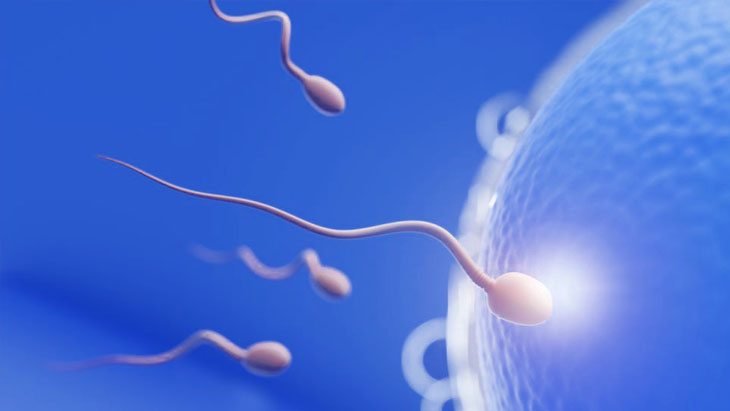Decoding the Metabolic Syndrome Puzzle
Metabolic syndrome is a cluster of interconnected risk factors known to elevate the chances of developing type 2 diabetes and cardiovascular diseases in men. This condition is predominantly associated with low physical activity, a sedentary lifestyle, and obesity, but in some cases, it can also stem from hormonal imbalances.
While debates persist within the scientific community on whether metabolic syndrome should be classified as a distinct condition, there is undoubtedly sufficient concern about the disorders it may precipitate.
Unveiling the Link: Low Testosterone Levels and Metabolic Syndrome in Men
Epidemiological studies have revealed a correlation between low testosterone levels in men and the onset of metabolic syndrome. Male metabolic syndrome, triggered by androgen deficiency, is an escalating global concern.
Hypogonadism in men is a condition where the body fails to produce an adequate amount of testosterone. This condition may be present from birth or develop at some point in life, usually due to infection or injury. Testosterone replacement therapy may aid in this condition, depending on the cause of hypogonadism and the life stage at which it manifests.
Unraveling the Risk Factors for Metabolic Syndrome
Metabolic syndrome is diagnosed in men when they exhibit three or more of the following risk factors:
- Abdominal Obesity (Visceral Obesity):
- A surplus of abdominal fat.
- Low HDL Cholesterol Level (Less than 40 mg/dL) or Medication Use for Lowering HDL Cholesterol:
- Medications like niacin or fibrates may be taken.
- Elevated Triglyceride Levels (Above 150 mg/dL) or Medication Use for High Triglyceride Levels:
- Medications like niacin or fibrates may be prescribed.
- High Blood Pressure (Above 180/85 mm Hg) or Medication Use for Hypertension:
- Medications to control high blood pressure.
- Fasting Blood Sugar Level Above 100 mg/dL or Medication Use for Diabetes:
- Medications to manage diabetes.
Each of these risk factors poses its own set of challenges. When combined, they can double the risk of cardiovascular diseases, pave the way for heart attacks and strokes, and increase the risk of diabetes fivefold.
The Interplay: Metabolic Syndrome and Androgen Deficiency
Men with metabolic syndrome face an elevated risk of androgen deficiency. A vicious cycle may ensue, as hormonal imbalance can trigger metabolic syndrome, and metabolic syndrome, in turn, can exacerbate hormonal imbalance. Regular testosterone level testing is recommended for individuals with these risk factors.
Recognizing the Signs: Symptoms of Metabolic Syndrome
Men grappling with metabolic syndrome often experience minimal symptoms in the early stages, making it sometimes unnoticed until certain complications arise. When fully developed, common symptoms of metabolic syndrome may include:
- High Blood Sugar Levels:
- Indicator of potential diabetes.
- Elevated Blood Pressure:
- A risk factor for cardiovascular issues.
- Obesity:
- Excessive body weight, particularly around the abdomen.
- Cardiovascular Diseases:
- Conditions affecting the heart and blood vessels.
- Increased Urination:
- Frequent need to urinate.
- Heightened Thirst:
- Excessive feelings of thirst.
- Blurred Vision:
- Vision impairment.
- Fatigue:
- Persistent tiredness.
Symptoms of Androgen Deficiency
Hormonal imbalance in men can manifest in various symptoms, including:
- Depression:
- Emotional downturn.
- Fatigue:
- Persistent feelings of tiredness.
- Libido Loss:
- Decreased sexual desire.
- Muscle Mass Reduction:
- Diminished muscle bulk.
- Bone Mass Reduction:
- Decreased bone density.
- Erectile Dysfunction:
- Impaired sexual function.
- Hot Flashes:
- Sudden heat sensations.
- Body Hair Loss:
- Reduction in body hair.
At times, these issues may be misconstrued as part of the aging process and deemed normal.
In conclusion, understanding the intricate relationship between metabolic syndrome and androgen deficiency is crucial for effective management. Early detection through regular testing and adopting a proactive approach to lifestyle changes can significantly mitigate the risks associated with these health challenges.


